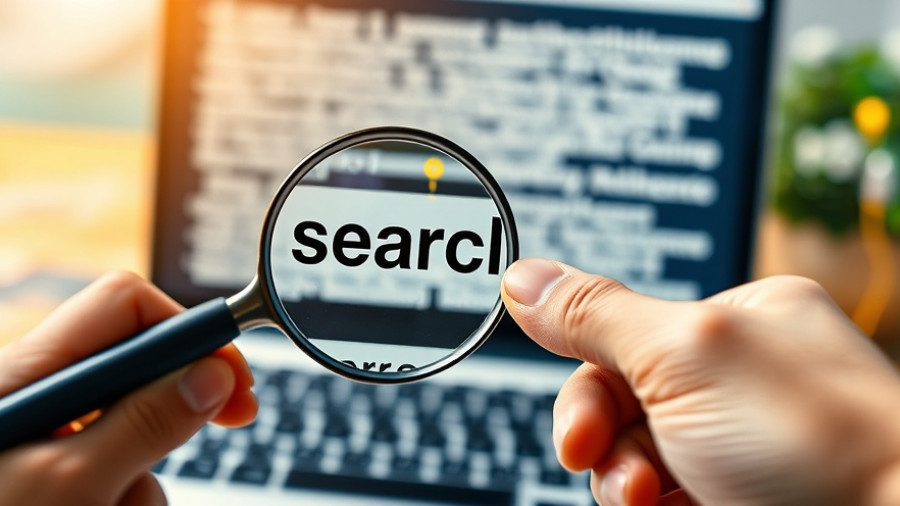
How Consumers Spot AI-Generated Content and Why It Matters
As technology progresses, AI-generated content is becoming increasingly prevalent across various sectors—from marketing to social media. However, recent studies reveal that consumers are more adept at detecting AI-generated materials, whether in images or written text, than creators might anticipate.
AI Content Detection Rates Are Surprising
In a study conducted by digital marketing consultant Joe Youngblood, over 4,000 Americans were tested on their ability to distinguish between real photos and AI-generated images. Remarkably, respondents identified AI images correctly 71.63% of the time. For instance, celebrity images (like Scarlett Johansson as Black Widow) were correctly identified 88.78% of the time, while images depicting animals or stunning natural landscapes also scored high on detection accuracy.
Nevertheless, there were exceptions; an AI-generated image of the Eiffel Tower was challenging for most, with only 18.05% of participants identifying it as AI, demonstrating that not all images render equally detectable.
Similar Trends in AI-Written Content Recognition
A parallel report from Hookline found that 82.1% of respondents could recognize AI-written content, skyrocketing to 88.4% for individuals aged 22-34. This raises a critical question for brands and marketers: if audiences can detect AI-generated content, how should it be strategically employed?
Potential Risks of AI in Marketing
Both studies underline pressing reputational risks for companies using AI in their marketing endeavors. According to Youngblood’s findings, poor-quality or misfit AI images may lead consumers to form negative opinions about the products or services tied to that content. More strikingly, 50.1% of respondents expressed that writers utilizing AI for their content would influence their opinions negatively.
There's also a notable generational divide. Older consumers (ages 45-65) exhibited the most skepticism, with nearly 30% voicing their dissatisfaction with AI-authored content. This highlights a growing concern as brands strive to engage a diverse consumer base.
How Companies Can Innovate with AI
Despite the cautious sentiment, the studies suggest acceptable ways to leverage AI in content creation. The Hookline report indicated that AI can effectively aid in brainstorming ideas (53.7%), conducting research (55.8%), and editing content (50.8%). This implies that when managed correctly, AI might support rather than overshadow human creativity.
Moreover, Youngblood suggests that consumers may be more accepting of AI-generated content in informal contexts—think memes or video game sprites—allowing brands to explore innovative ways to engage their audience.
Looking Ahead: The Future of AI and Consumer Interaction
The intersection of AI and content creation raises important implications for the future. With tools advancing at a rapid pace, brands must strike a balance between harnessing AI’s capabilities and maintaining authenticity. By understanding consumer insights and preferences, marketers can more effectively incorporate AI while protecting their brand's reputation.
With emerging technologies continually influencing consumer behavior and perceptions, the tech industry must ensure that adaptation is thoughtful and rooted in transparency. Remaining informed about these trends will be crucial for both brand strategy and consumer engagement going forward.
 Add Row
Add Row  Add
Add 




Write A Comment